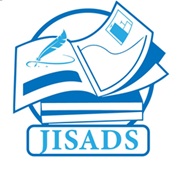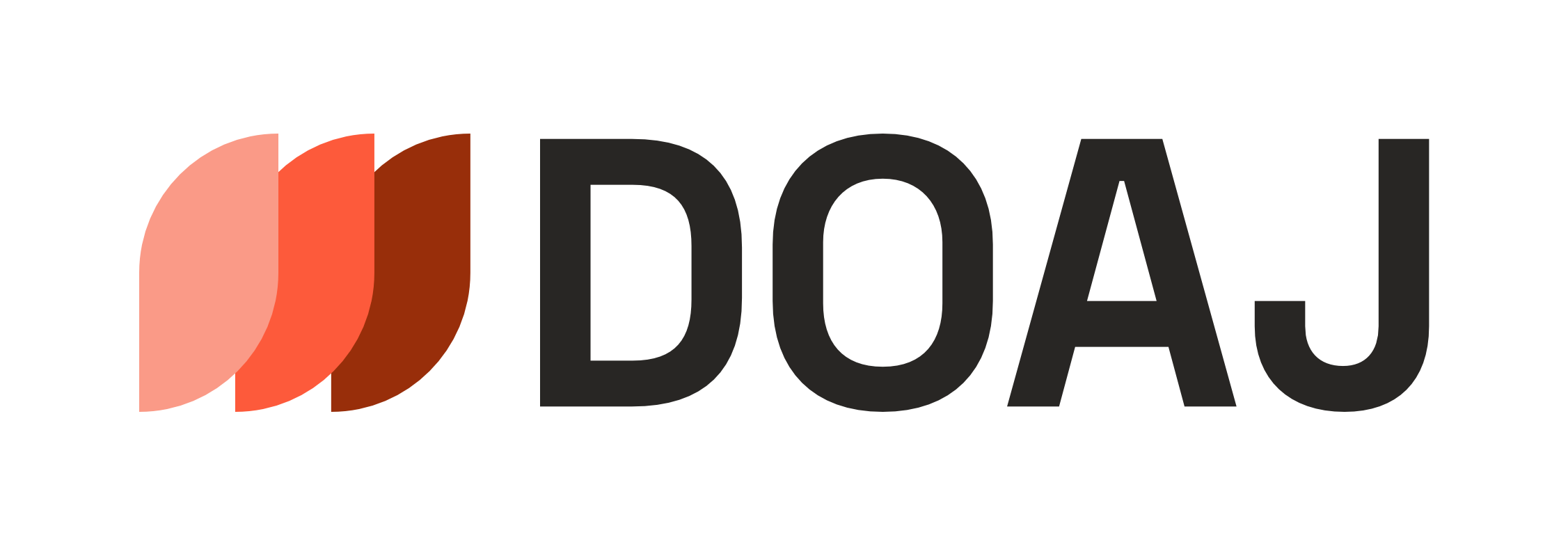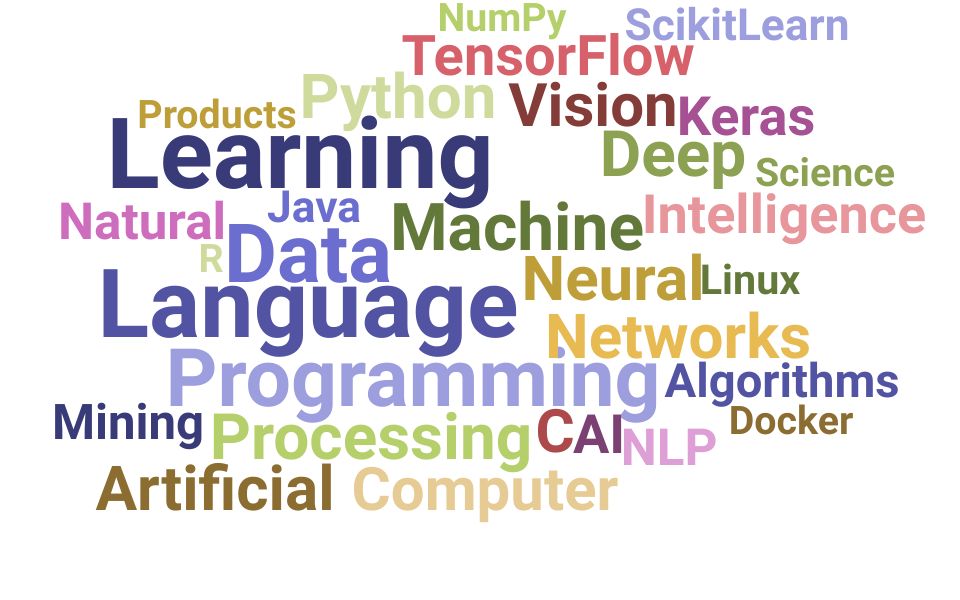CLOSED-CIRCUIT TELEVISION TECHNOLOGY FOR PREVENTING EXAMINATION MALPRACTICES
Keywords:
Examination malpractice, CCTV, Closed Circuit Television, Technology, tertiary institutionAbstract
Closed Circuit Television (CCTV) technology is a valuable security tool that facilitates the detection of crime, serves as deterrence, as well as aids post-crime investigations. This study examines CCTV systems as part of a series of security infrastructures intended to prevent or detect examination malpractices in tertiary institutions. A structured questionnaire was designed and administered to students of Admiralty University of Nigeria. This study was guided by four research questions with multiple-item constructs used to obtain the perceptions of the respondents. A random online sampling technique was adopted to obtain needed information on a five-point Likert scale. A 10-item questionnaire, with other questions on demographics, produced a high-reliability coefficient of 0.941. Exploratory analysis of respondent’s perceptions indicated an agreement, having a statistical mean greater than 3, that the presence of CCTV will deter people from involving in examination malpractices. This study provides statistical evidence that CCTV has great potential to improve the quality of supervision and student conduct during examinations. It is recommended that tertiary institutions should deplore CCTV cameras in examination venues for effective monitoring and to aid post-examination investigations. Future studies may investigate the perceptions of supervisors and management of tertiary institutions concerning CCTV deployment.
Downloads
Published
Issue
Section
License
Copyright (c) 2025 PIUS EJODAMEN

This work is licensed under a Creative Commons Attribution 4.0 International License.
You are free to:
- Share — copy and redistribute the material in any medium or format for any purpose, even commercially.
- Adapt — remix, transform, and build upon the material for any purpose, even commercially.
- The licensor cannot revoke these freedoms as long as you follow the license terms.
Under the following terms:
- Attribution — You must give appropriate credit , provide a link to the license, and indicate if changes were made . You may do so in any reasonable manner, but not in any way that suggests the licensor endorses you or your use.
- No additional restrictions — You may not apply legal terms or technological measures that legally restrict others from doing anything the license permits.
Notices:
You do not have to comply with the license for elements of the material in the public domain or where your use is permitted by an applicable exception or limitation .
No warranties are given. The license may not give you all of the permissions necessary for your intended use. For example, other rights such as publicity, privacy, or moral rights may limit how you use the material.










